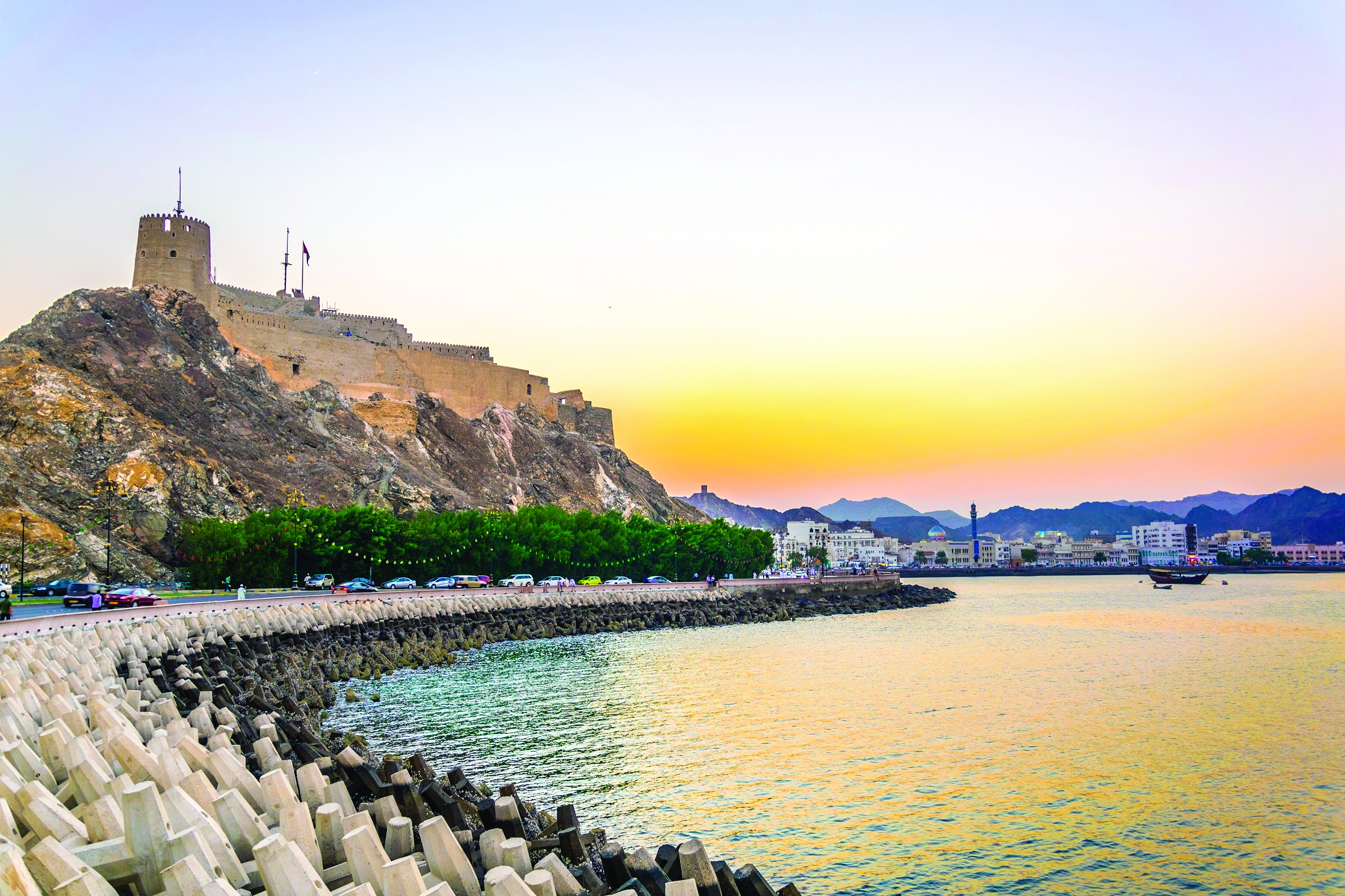
Muscat: Eleven billion gallons of water, over half a million new jobs and homes, 53,000 extra teachers in more than 20,000 new classrooms serving over half a million new students – are all required to power Oman up to and beyond 2040.
Get your essential daily briefing delivered direct to your email inbox with our e-newsletter
The second edition of Knowledge Oman, published by the National Centre for Statistics and Information, has assessed the needs of every governorate in Oman for the next 25 years.
The findings are impressive in scale - and implementing them will cost an estimated OMR35 billion between now and 2040.
Government analysts looked at how many extra jobs, homes, teachers, classrooms, doctors and nurses will be required. They also estimated the resources needed to power the Sultanate over the next quarter century.
The mammoth undertaking reveals that 13,000 new doctors and more than 25,000 nurses will also be required in the country.
The report also states that an additional 63,000 gigawatts of electricity will be required by 2040 to power the country.
Government analysts say the total number of job seekers will be 566,350, and that 575,000 extra homes will be needed. More than 50,000 teachers, 588,000 additional students together with 13,117 extra doctors and 25,831 more nurses will also be required, according to the NCSI blueprint. “The main objective of this publication is to shed light on long term development, by reviewing the most important social and demographic indicators, setting future expectations and measuring their long-term health and education needs,” said Sultan bin Salim Al Habsi, Secretary General of the Supreme Planning Council, and Chairman of the NSCI.
Dr. Khalifa bin Abdullah Al Barwani, CEO of the NCSI, said that the publication is a summary of the centre’s work with regards to future outlook in population and development.
Indicators and data
“The report will undoubtedly have a role in providing planners and decision-makers in the country with the most prominent indicators and data,” Al Barwani said.
The Governor of Muscat, Saud bin Hilal bin Hamad Al Busaidi, talked about goals that the governorate aims to continue working on, alongside additional needs for the capital city and main population centre.
“Special attention should be paid to strengthening the partnership between the public and private sectors, improving the investment climate and developing small and medium enterprises.
“Muscat governorate contributes to providing the opportunities to encourage investment, especially in the governorate’s constituencies, including but not limited to hotel sectors, logistics, ports and transportation services,” he said.
Dhofar Governor Mohammed bin Sultan bin Hamoud Al Busaidi, said the transportation sector was one of the most important emerging fields for the governorate. “Today, Salalah Port is of great importance in the maritime transport and exchange of goods from its location to the Indian Ocean, as well as Salalah Airport, which facilitated access to the province and contributed to the promotion of trade exchange. The transport sector is one of the strategic sectors that is reliable in supporting Oman’s direction to achieve economic diversification,” he said.
North Batinah’s Governor, HE Muhanna bin Saif Al Lamki, looked to industry and transport as cornerstones to the governorate’s development in the future.
“The governorate holds Sohar Airport and Sohar Port, along with the port of Shinas, which will be developed and transformed into a commercial port for many tourism activities and fisheries. In addition to that, the Sohar Industrial Zone is about 220 kilometers from the city of Dubai, about 180 kilometres from Muscat, and 100 kilometres from Buraimi, which emphasizes the importance of its location and makes it an area of particular importance for projects.”